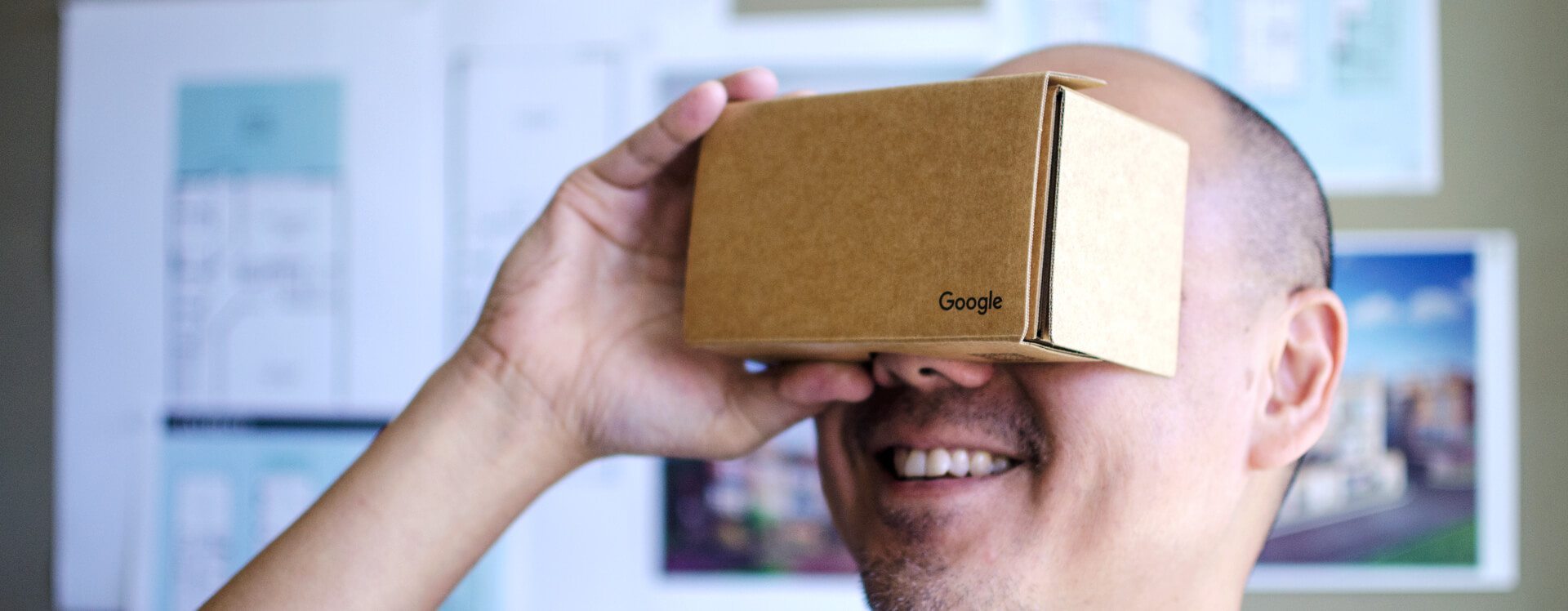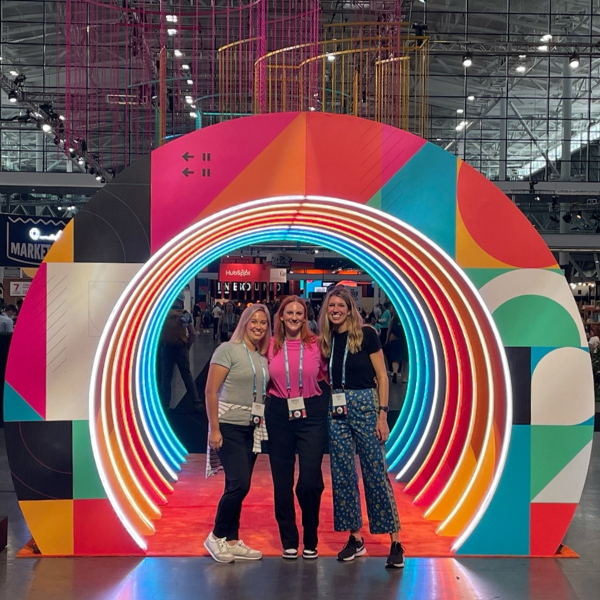Virtual reality (VR) may seem like our future, but it’s been our past—covertly—for much longer than most realize. Technically, we can trace the roots of VR to the invention of stereoscopic photos and viewers in 1838.

Until recently, the discussion of VR was limited to the gaming community and movie industry. Although the technology of VR has advanced at a rapid pace, it wasn’t until 2016 when Google massively promoted a low-cost cardboard headset for smartphones that awareness and utilization of VR technology took off.
In residential real estate, product presentation is the home sellers’ primary concern, especially among new luxury home builders. What sells is experience of the product. The mentality has been: until a potential buyer comes to your sales trailer or model home, you have not presented—nor have they truly experienced—the breadth of your fine product. Yet today, most new home buyers today start their search online. Anyone stepping into a sales trailer or model home is likely to already have seen many homes on different builders’ websites. So the question is: why would they choose to physically visit your model out of the many seen online? The gap of getting potential buyers to come to a home seller’s doorstep is potentially large. However, with the explosion of VR technology, this gap can be made much smaller. And cost is no longer a barrier. Putting together a simple phone app (with a cardboard headset) doesn’t cost as much as many think—Google wouldn’t have pushed for it otherwise.
While many homebuilders and agents still think in 2-D when it comes to floorplans, the younger generation of home buyers have been conditioned by games, movies, and entertainment to think in 3-D. Floorplans should no longer be limited to flat drawings. Translating traditional floorplans into interactive VR renderings is the way to move forward in new home sales. Companies such as Bricks & Goggles, Virtual Xperience, CommonFloor Retina, and Floored do an amazing job of bringing future spaces to life. The products may be viewed through a variety of platforms, such as smartphone, Google Cardboard, Oculus Rift, and desktop computer to give potential buyers a rich, walkthrough experience of homes yet to be built.
Services like roOomy and iStaging bring empty model homes to life—fully furnished—with scalable 3-D modeling and rendering, allowing customers to see the full potential of the product. Virtual staging and augmented reality technologies enable homebuyers to see move-in-ready homes with thousands of dollars of décor—that homebuilders do not have to buy.
360° video with 3-D walkthroughs present model homes in an engaging way. Last year, Facebook launched Facebook 360, which gave users the ability to capture and share 360° photos through their phone. 360° video pushes this concept further and leverages augmented reality technology to make an impression on homebuyers. Companies such as Start VR and Matterport (which some of our clients are already using) are making this type of quality service affordable. Consider adding a personable host or narrator to your tour video to make a memorable presentation, like this 360° video tour of Conan O’Brien’s office or micro-flat (USD $500,000) in Hong Kong.
Virtual technologies have become a concrete reality in the real estate industry. Homebuilders and home sellers must embrace what augmented reality offers to improve their customers’ experience of their brand.






